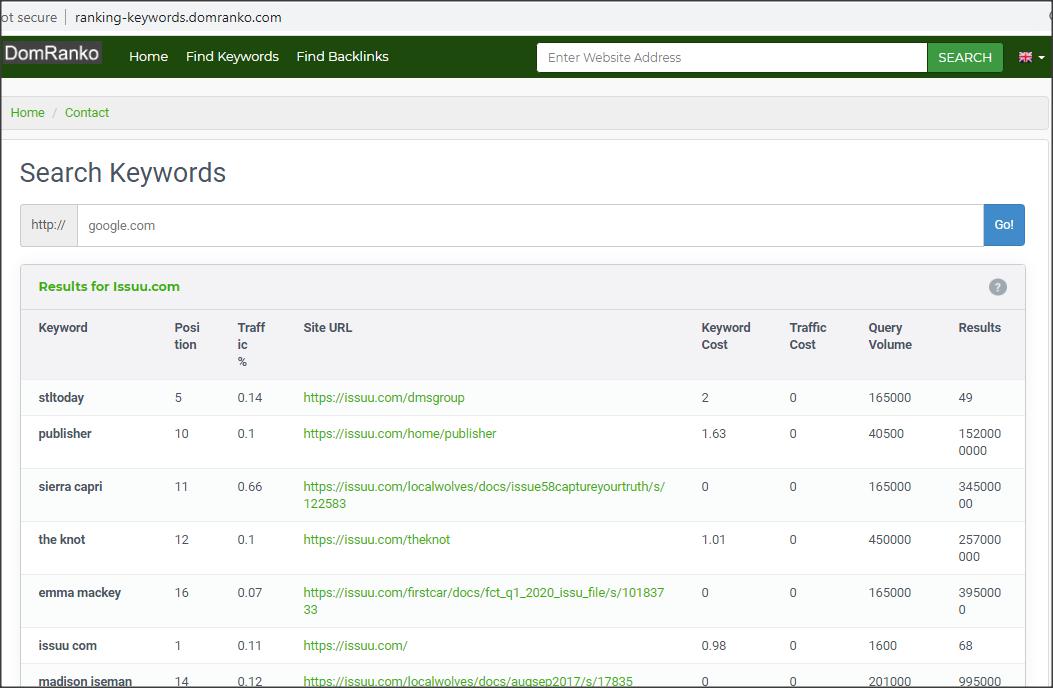

While this is an optional step, conducting an SEO content audit is recommended, as it helps you assess what content on your site is performing well versus what is falling flat in terms of search rankings and ROI. This is where you can “move the needle” by making small tweaks that result in drastic improvement in your pages’ SERP positioning (what we refer to as “striking distance”).īrightEdge CEO Jim Yu provides an overview of these concepts in his article for the BrightEdge blog.


Optimize individual pages with even more refined keywords, including “long-tail” keywords (discussed below) specific to that page.Define your website’s main categories and subcategories with more specific keywords, again informed by your keyword research.Clarify your website’s overarching themes, incorporating your more general keywords.With your keyword research spreadsheet as a guide, your next steps are to: Organizing your site’s structure around targeted keyword categories, or themes, will help the search engines understand that your site is relevant to a user’s query. Your keyword research will help you build an optimized site structure (aka navigational framework) that helps the search engines understand what your site is about, and allows your users to navigate with ease. Finally, organize and prioritize your keywords into categories in your spreadsheet, such as “products,” “services” and “news.” This step will help you in creating your website structure, which we’ll discuss next.įor a detailed description of the keyword research steps outlined above, you can refer to my guide to keyword research at the BrightEdge blog.Next, use Google’s Keyword Planner tool for more research to uncover additional keyword ideas.If you have access to the BrightEdge Data Cube, perform a search of your website to discover those keywords you’re ranking for (including which pages), and add those to your list.Extract the keywords that drive the most impressions from your site’s Google Webmaster Tools (GWT) account and add them to your core list.Organize your research in a spreadsheet (for instance, Excel or a Google Drive sheet) that includes keyword ideas from competitor sites as well as your own. Build a keyword portfolio, starting with a core keyword list (aka “seed list”).Beginning from scratch, the fundamentals for keyword research and discovery are: Keyword research lays the foundation for optimizing your site. With that in mind, we’ve distilled seven essential steps you need to take to rank for your keywords. SEO is very much alive and well - when done correctly - and is integral to a winning organic search content strategy. In this age of Panda, Penguin and Hummingbird, ranking for your keywords in the search engine results pages (SERPs) requires both strategic SEO intelligence and a systematic approach.


 0 kommentar(er)
0 kommentar(er)
